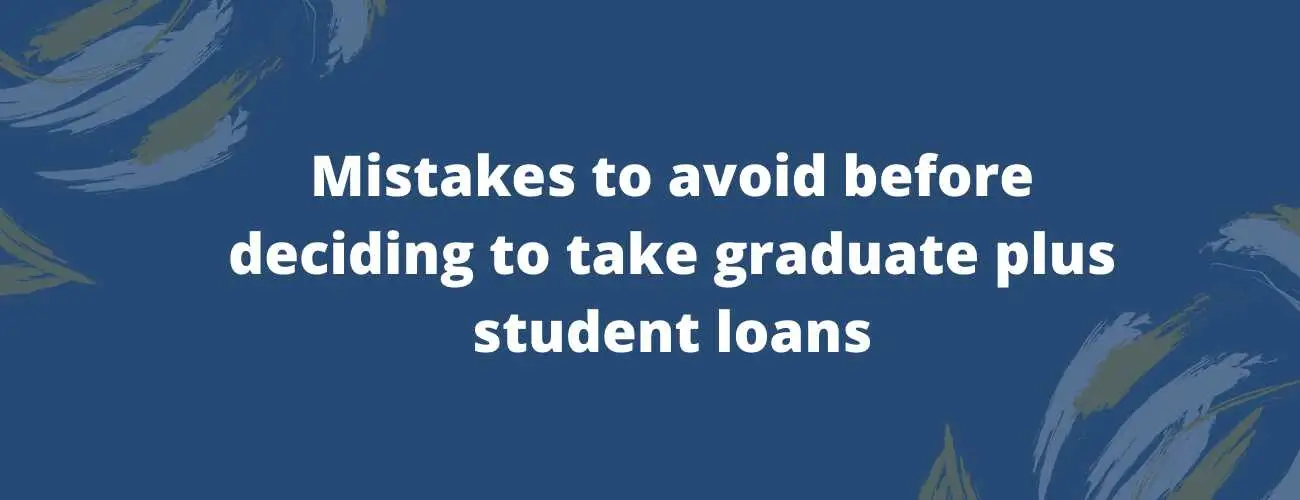Difference Between Federal Subsidized And Unsubsidized Loans
Learn all about the differences between Federal direct subsidized and unsubsidized loans, repayment plans, interest rates, eligibility, loan period and more. We have it all covered here in this article
Updated by Sharan Kumar on 18th August 2020
Federal student loans are loans we get from the federal government. Here the loans are given by the government, but there are a couple of differences between the two types of loans, and we shall discuss them below in the article.
Federal Direct Subsidized student loans have better benefits compared to Unsubsidized loans.
Table of Contents
- Federal Subsidized loan vs Unsubsidized student loans
- What is a Federal Direct Subsidized student loan?
- What is a Federal Direct Unsubsidized student loan?
- Eligibility and requirements for Direct Subsidized and Unsubsidized loans
- Direct Subsidized and Unsubsidized interest rates
- Direct Subsidized and Unsubsidized student loan fee
- Borrowing limits
Federal Subsidized Loans Vs Unsubsidized Student Loans
Direct Unsubsidized Loans are the loans offered to eligible undergraduate, graduate, and professional students, but eligibility is not based on financial need. It is a loan which is meant for those who do not qualify under the requirements of financial need but still require help in paying for their schooling expenses. Direct Subsidized loans are offered on need-based to the students. It is also provided to the eligible undergraduate students.
General factors of comparison of both the types of federal loans are given below.
| Factors | Direct subsidized | Direct unsubsidized |
| Loan period | Up to 150% of the school term | Up to 150% of the school term |
| Interest rate | 5.05% | 5.05% for undergraduates 6.6% for the rest |
| Applicable to | Undergrads only | Undergrads, Grads, and Professionals |
| The necessity of a financial need | Yes | No |
| Repayment | Interest paid by the government during school and grace period. | Interest to be paid by the borrower at all times |
| The amount that can be borrowed | Low and differs depending on the year and level of study | Higher than Subsidized loans, also differs from year and level of study. |
As we reach the repayment phase, interest payments can be a concern. Getting approved for a subsidized loan is harder but it is worth giving a shot
Federal Student Loans Guide helps you understand the various key factors before you make any decision regarding your student loans. The application process and eligibility criteria can save a good deal of your time. Knowing the types of suitable loan can help you take advantage of the relief program each offers you in times of crisis. Choosing the right repayment options will help you make an informed decision to manage your expenses in the future.
What is a Federal Direct Subsidized student loan?
Federal student loans that are made to eligible students to help finance a higher education are the general category under which direct subsidized federal loans fall.
The term "Subsidized" means -- the eligible borrower will not be charged to pay the interest that is charged on their federal student loan from the time of enrollment for at least half of the time of the program.
What is a Federal Direct Unsubsidized Loan?
An Unsubsidized Direct Loan is a federally guaranteed loan that is specifically designed to help you if you are in financial need but lack the financial resources to enroll in a college program.
The loan amount is decided by the school you want to attend, and the amount varies between schools and different programs.
The loan approval does not need proof of financial need and can be received by you even if you have a good financial background.
The interest on the loan begins accumulating immediately after the loan is disbursed.
You do not have to begin repaying the loan until after graduation and up-to a grace period of 6 months.
You must repay the whole loan, but in certain circumstances, it maybe is forgiven may be discharged if requested.
Eligibility and Requirements for Direct Unsubsidized and Direct Subsidized Loan
You must fulfill the following criteria -
-
Any US citizen or non-citizens who qualify, or permanent residents of the United States of America.
-
Must meet the general eligibility criteria of federal student aid.
-
Currently enrolled in a degree or certificate awarding program.
-
Was enrolled for half time at least, in a school that participates in the Direct loan program.
-
Must maintain satisfactory academic progress.
-
Received a High school diploma or an equivalent certificate.
-
Not in default of any current Federal student loans.
-
Post-baccalaureate students must petition for eligibility.
Direct subsidized loans are provided only to those undergraduate students who are in financial need.
Direct Subsidized and Unsubsidized student loan interest rates
For all Direct Subsidized and Unsubsidized loans that were disbursed between the dates of July the 1st of 2018-19 the interest rates for Undergrads are 5.05%, and for those Graduates and professionals there are not Subsidized loans. Still, Unsubsidized loans are having interest rates of about 6.6%.
These are all fixed rates as they are given out by the federal government.
The Direct Subsidized and Direct Unsubsidized student loan fee
The fee that is charged for loans that are disbursed after the date of 1st Oct 2017 and before Oct 1st, 2018 is 1.066% and for those that are disbursed after the time of the 1st of Oct 2018 and before 1st of Oct 2019 is 1.062% is the loan fees. The loans disbursed before the periods mentioned here have a different origination fee.
These fees are deducted from the amount that is further sent over to the borrower and hence must be taken into calculation while applying for the loan.
For example, for someone borrowing in the period after the 1st of Oct 2018 and before the 1st of Oct 2019, the amount received will be 98.938% of the loan amount. Payments will begin after six months post-graduation or if you cease to be enrolled for at least half of the period of the course or program.
Direct Subsidized and Unsubsidized Loan Borrowing Limits
The amount you can loan from the Direct Loans program is subjected to annual loan and aggregate loan limits. Annual loan limits specify how much of a loan you can get each academic year and Aggregate limits (also called cumulative limits) mention how much you can borrow throughout the loan program. So if you are allowed to borrow up to $5,000 per year for four years, the annual loan limit would be $5,000 and the aggregate limit would be $20,000, but these are just for example the real numbers may vary according to the term and the amount that is allotted to be borrowed. The max loan amount you may receive is defined by your level of study, as mentioned below:
$5,500 for a first-year student who is enrolled in a program of study that is at least for a full academic year, of which no greater than $3,500 can be a subsidized loan.
$6,500 for a student who has completed the first year of study, and the remaining program is at least another full academic year; there can be no more than $4,500 as a subsidized loan.
$7,500 for a student who has completed two years of studies and the remaining program is at least another full academic year, of which no more than $4,500 can be subsidized loan.
If in such an instance you are an independent undergrad student or a dependent student whose parents have applied for a Direct PLUS loan for parents in such a case you can borrow -
$9,500 for a student who is here for the first year in a program of study which lasts for at least a full academic year of this amount no more than $3,500 can be a subsidized loan.
$10,500 for a student who has completed their first year of study, and the remaining program consists of at least a full academic year of which no more than $4,500 can be as a subsidized loan.
$12,500 for a student who has completed two years of study and the remaining program or duration of study is a full academic year, of which no more than $5,500 can be as a subsidized loan.
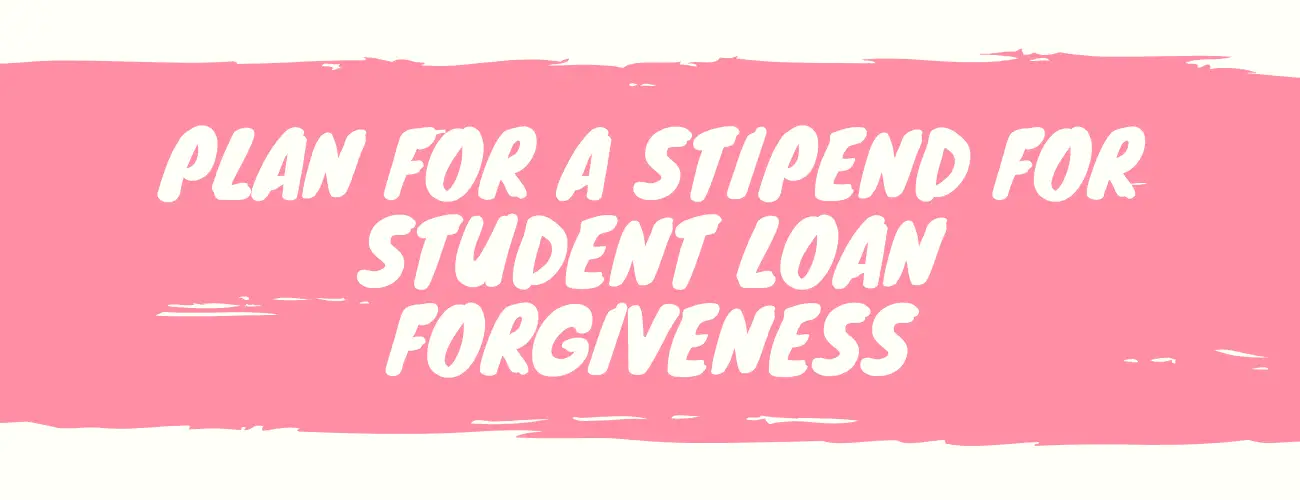
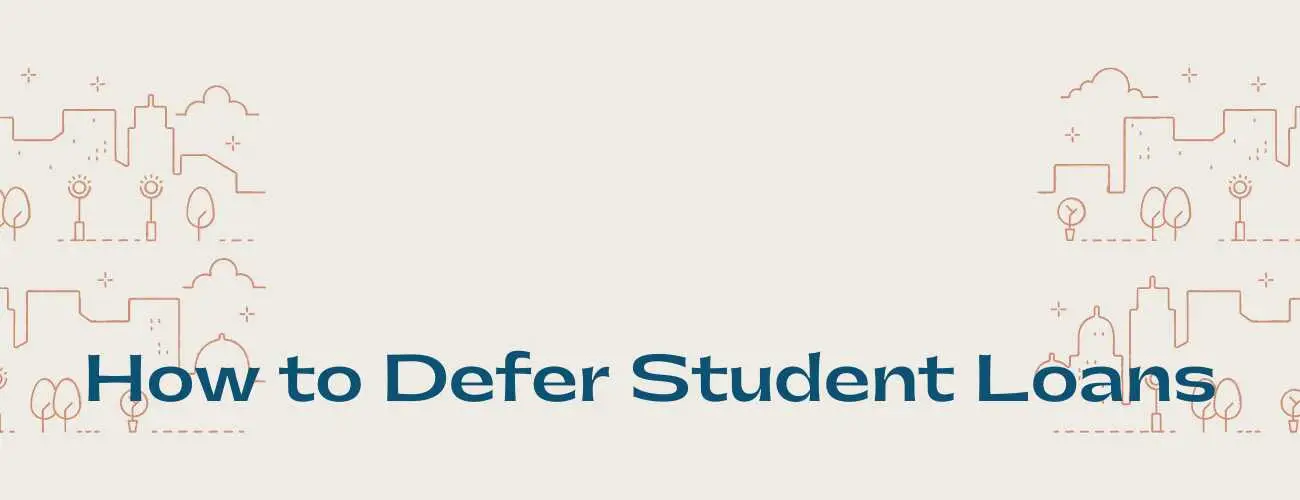
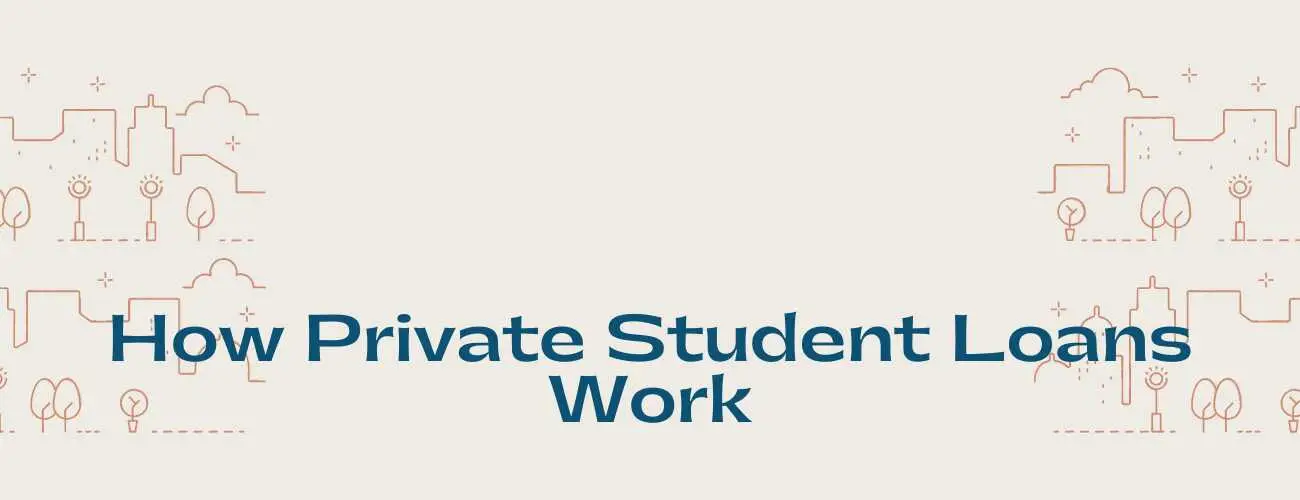
93.jpg)
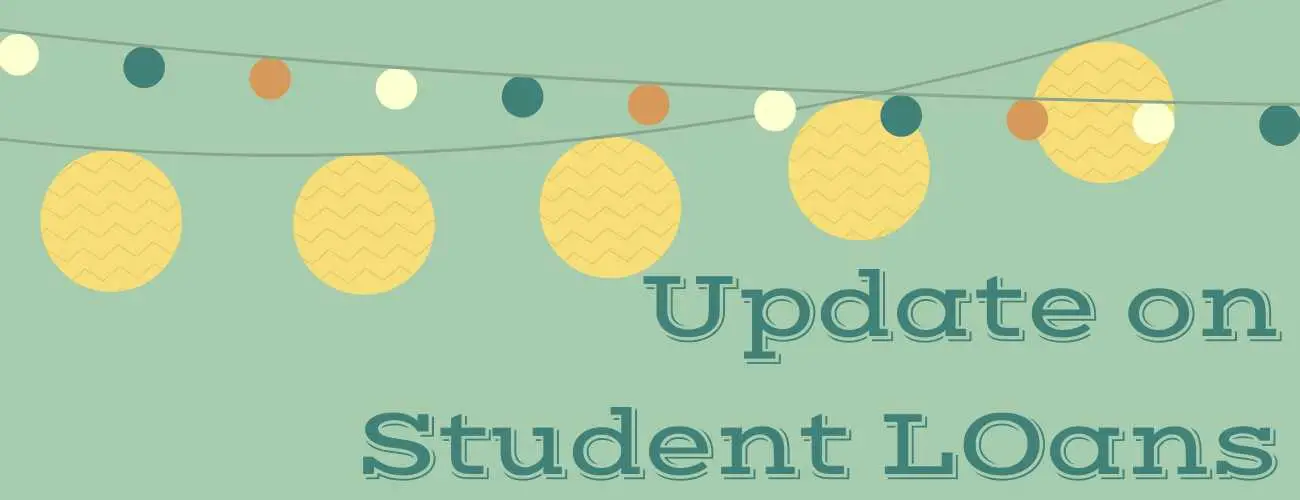

28.jpg)
